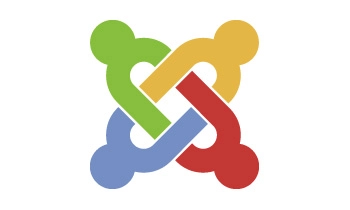Israel Web Accessibility LawsIsrael’s main web accessibility legislation is the Israeli Standard for Web Content Accessibility (IS 5568), which stems from the law of Equal Rights for Persons with Disabilities. IS 5568 provides guidelines and recommendations for web accessibility in Israel and aligns with the Web Content Accessibility Guidelines (WCAG) 2.0 AA level, which is an internationally recognized standard for web accessibility.
IS 5568 is mandated and applies to government agencies and public organizations, as well as the private sector. Many businesses in Israel that have not complied with the IS 5568 law have been sued in court and were compelled to pay hefty sums of compensation for plaintiffs.
Compensation without proof of damageIsrael is one of the leading countries in the world in digital accessibility legislation. The enforcement of the law is strict and it offers plaintiffs two legal procedures. The first is a private lawsuit course which every person or organization may file with demands to remediate the website or sue for financial compensation without proof of damage up to 50,000 NIS.
The second is a class-action lawsuit that every person or disabilities-related organization may file in the name of individuals with disabilities. Here, too, those filing the suit may claim financial compensation without proof of damage. Private settlements can range on average from 8,000 NIS to 30,000 NIS, and much higher in cases of class-action demand letters.
At EqualWeb, we recommend you remediate and audit your website against WCAG 2.2 guidelines to avoid any unnecessary legal risk and to open your doors to the large population of individuals living with disabilities.
Read more on
IS 5568 and about
WCAG 2.2 conformance.
Got sued? Get a Free risk assessment
Have you received a complaint or demand letter? Worried you might be at risk of getting one?
Schedule a consultation with an accessibility expert for a free risk assessment.
Book a meeting with an expert











































